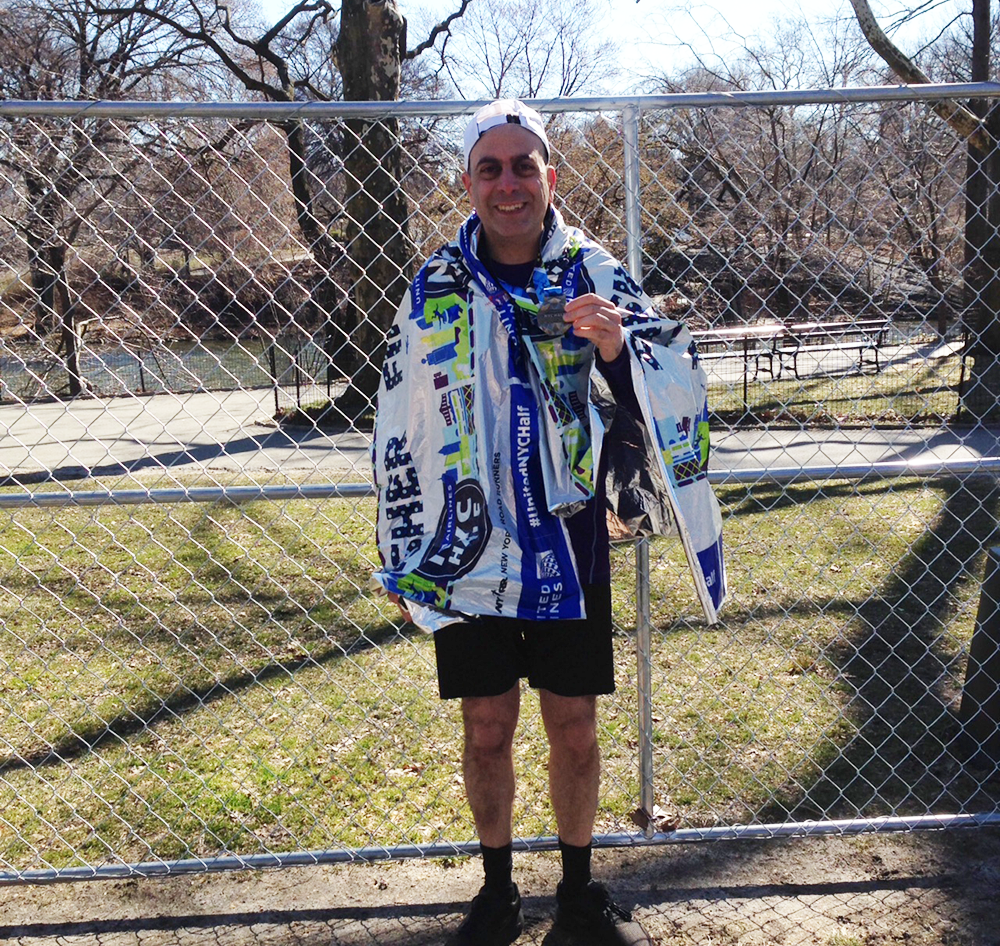
When you yourself are a doctor, where do you turn when you’re the patient? Who do you trust to take care of you? That was the question recently faced by Dr. Nicola Nasser, an oncologist who lives and works in the Bronx, New York. For Dr. Nasser the answer was easy: Dr. Mark Souweidane.
At age 13 Dr. Nasser had been diagnosed with a form of hydrocephalus called aqueductal stenosis, which is a narrowing of the channel connecting the third and fourth brain ventricles. The stenosis blocks the flow of cerebrospinal fluid necessary for normal brain functioning, causing hydrocephalus. The usual treatment — a ventriculoperitoneal shunt (VPS) to divert the excess fluid — is quite literally a lifesaver. Still, patients must live with the implanted hardware along with the ongoing worries about malfunctions and shunt failure. Dr. Nasser had lived most of his life with a shunt, and with the worry.
Dr. Nasser’s shunt functioned well until 2017, when it started to deteriorate. “I needed either a replacement of the shunt, or another solution,” he says. “The other solution was an endoscopic third ventriculostomy—an ETV.” In an ETV, a neurosurgeon uses a small-caliber endoscope to open a channel between ventricles to relieve the blockage. ETV is a minimally invasive procedure that requires no permanent implanted shunt, but it’s an advanced procedure usually available only in major medical centers.
ETV is a minimally invasive option, with only a small incision, and — most important for a patient who is also a busy doctor — a quick recovery time.
Fortunately for Dr. Nasser, a few years earlier he had completed a fellowship at Memorial Sloan Kettering Cancer Center in New York, where he had met Dr. Mark Souweidane, a neurosurgeon with expertise in advanced endoscopic procedures. Dr. Nasser remembered talking about his shunt with Dr. Souweidane at the time, and he’d been impressed that the neurosurgeon had not recommended any surgical intervention then. As long as the shunt was performing well, Dr. Souweidane had told him, the best course of action was to leave it alone.
When the shunt failed three years later, and with Dr. Nasser serendipitously back in New York after having spent some time in Israel, he immediately reached out to Dr. Souweidane. After seeing his former colleague as a patient, Dr. Souweidane recommended an ETV over a shunt replacement. It was a minimally invasive option, with only a small incision, and – most important for a patient who is also a busy doctor – a quick recovery time.
The surgery was a complete success: Dr. Souweidane removed the shunt and performed the ETV, and Dr. Nasser was quickly back to work. Dr. Nasser was relieved, saying, “I am glad… this is a situation in which the surgeon makes the difference.”
For Dr. Souweidane, having the skill to perform advanced procedures that restore his patients to good health is always gratifying – especially when his patient is a fellow doctor.